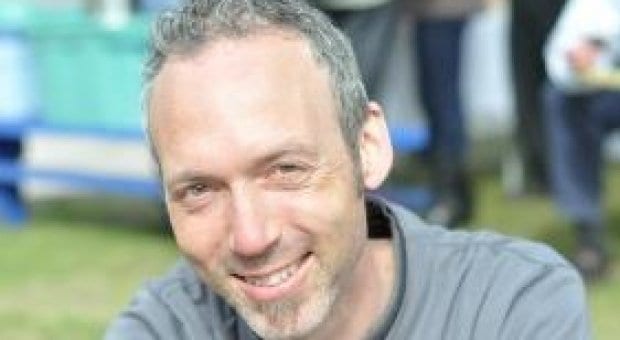BC’s Bulkley Valley and Fraser-Cascades school districts have joined 20 others in the province in explicitly addressing homophobia in their policies.
On April 23 the Fraser-Cascades district, which is located in the eastern Fraser Valley, revised its existing anti-discrimination policy to include explicit protections for lesbian, gay, bisexual, transgender, questioning and intersex students, employees and families.
Erin Wilkins, the gay-straight-alliance (GSA) teacher sponsor at Hope Secondary, says the initial push for a policy came from GSA members who wanted to know how queer students were being protected in their district.
“We started looking at policy and school rules and noticed there wasn’t anything in the policy,” she says. “There was no explanation behind protecting kids of sexual orientation or anything that had to do with sexual orientation in the policy. So the kids put together a presentation close to the end of the last school year and presented to the school board as to why they believed the current policy should be more inclusive and less discriminatory.”
The students initially requested a stand-alone policy, but Wilkins says the policy committee felt that it might compel them to create a policy for every group. The committee opted to add specific wording to its existing general policy. Wilkins says the students were satisfied with a policy that was inclusive of everyone — as long as it included the correct wording for queer people.
Fraser-Cascades school board chair Ron Johnstone says he was really pleased with the student participation in board governance.
“Students are the ones who should get the biggest amount of credit,” he says. “They are the ones who have taken the initiative to get the word out there and try to get things done. They’ve been there all the way along and have put a big effort in.”
Amending the policy was just the first step, he notes.
“It’s important when you develop policy that you don’t just let it sit and collect dust,” he says. “We have a very proactive board, as well as lots of professional development opportunities. We have a strong desire to educate our teachers, staff and students, and that will be done, and there’s not a doubt in my mind that there will be further education in this as needed.”
The policy empowers the board to invest money in training and materials specific to queer issues. Wilkins notes that the school library was recently given the go-ahead to purchase 38 queer-themed titles.
“The librarian here has put together an amazing LGBT section of books,” she says. “It’s been phenomenal. Kids are signing them out, and I’ve been reading every single one. We also use these novels in our social-justice unit.”
On March 17 the Bulkley Valley school district in northwestern British Columbia amended its anti-discrimination policy to include protections from discrimination as defined by the Human Rights Code, the Canadian Human Rights Act and the Canadian Charter of Rights and Freedoms.
“The intent of this policy is to ensure that an environment of tolerance and respect is fostered, promoted, and supported throughout the district’s working and learning community specifically for sexual, racial and gender diversity,” reads the policy.
Of the 22 school districts that have now adopted policies or guidelines to address homophobia and transphobia, Bulkley’s policy is the only one that does not specifically mention gay, lesbian, bisexual or transgender people.
“We discussed that in great length, and we felt there were a number of groups that could well suffer from inequity and discrimination, such as aboriginal students and people with a different religion or a different culture, for example, and we didn’t want to exclude anybody,” says Bulkley Valley school board chair Les Kearns. “We did talk about that, and it had more to do with not excluding.”
Perry Rath, the GSA teacher sponsor at Smithers Secondary, says that while the new policy does not contain the language he was hoping for, he still thinks it’s a step in the right direction.
“With this policy — even though it doesn’t have the oomph that we desired — we feel that we are going along this road of increasing awareness, and it’s only going to get stronger and more established as long as we keep on it,” he says.
Rath notes that the policy helped him secure an Out in Schools tour to his district. Out in Schools brings queer films to high schools to facilitate discussions with youth on bullying, homophobia and stereotypes, and to give youth a safe space to explore those issues.
“A parent approached the school with his concerns about the presentations on behalf of other parents,” he says. “My vice-principal came to consult with me on how to proceed with this, and so we mentioned that we have this policy in place and gave him a bunch of resources and links from the BC Teachers’ Federation website of other district policies.
“We had a few back-and-forth meetings with parents and by the end of it he said he was really glad it happened. He told us that he would share what he learned with members of his church and said that he didn’t realize this was happening in so many other districts and that this was an eye-opener for him. I don’t know if he changed his core beliefs or considers himself an ally, but he was very receptive and understanding of the importance of protecting LGBTQ students.”

 Why you can trust Xtra
Why you can trust Xtra


